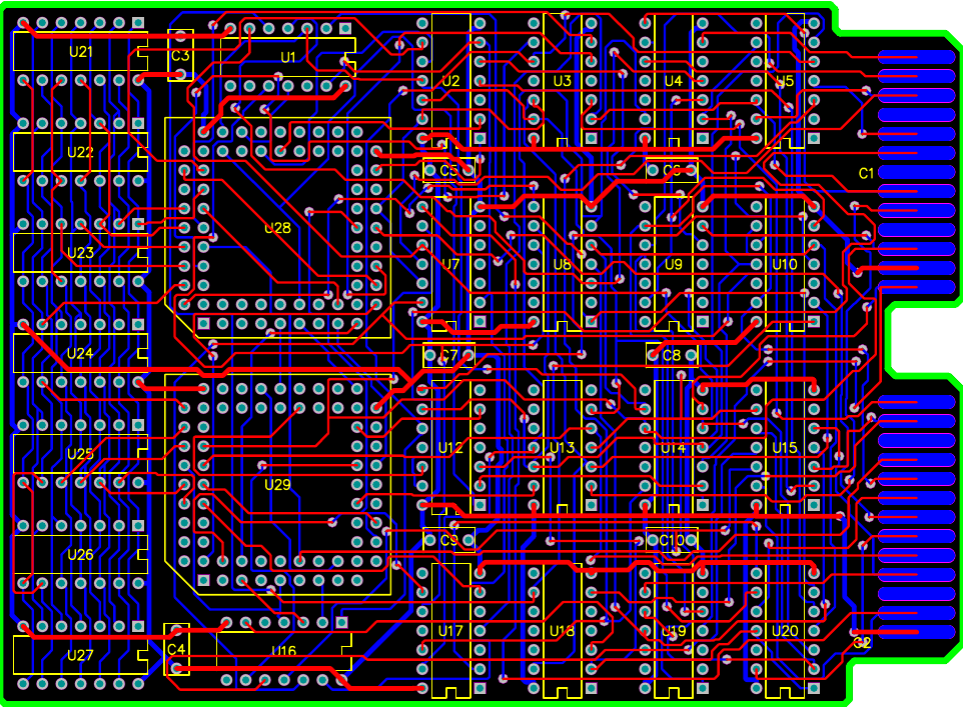 +86 755 2794 4155
+86 755 2794 4155  sales@knownpcb.com
sales@knownpcb.com
-
Shenzhen KNOWNPCB Technology Co., Ltd.
 +86 755 2794 4155
+86 755 2794 4155  sales@knownpcb.com
sales@knownpcb.com
 2023-09-23
2023-09-23
 167
167

(1) Matching of expansion and contraction coefficients
Generally, circuit boards are designed with a large area of copper foil for grounding purposes, and sometimes the Vcc layer also has a large area of copper foil. When these large areas of copper foil cannot be evenly distributed on the same circuit board, it will cause uneven heat absorption and dissipation speed. Of course, circuit boards will also expand and shrink, but if the expansion and contraction cannot match, it will cause different stress changes and ultimately deformation, At this point, if the temperature of the board has reached the Tg value, the board will begin to soften and become permanently deformed after curing.
(2) The connection points (vias, vias) of each layer on the circuit board limit the expansion and contraction of the board
Nowadays, most circuit boards are multi-layer boards, and there are connection points (through holes, blind holes, buried holes) between layers that are like rivets. In places where there are connection points, it can limit the effect of board thermal expansion and contraction, and indirectly cause board bending and warping.
(3) The design of V-cut will affect the deformation of the panel
V-cut can easily become the culprit of PCB board deformation caused by external forces, because V-cut is the process of cutting grooves on the original large sheet of board, so the area where V-cut occurs is prone to deformation.

Or call +86 755 2794 4155
Inquiry Now

